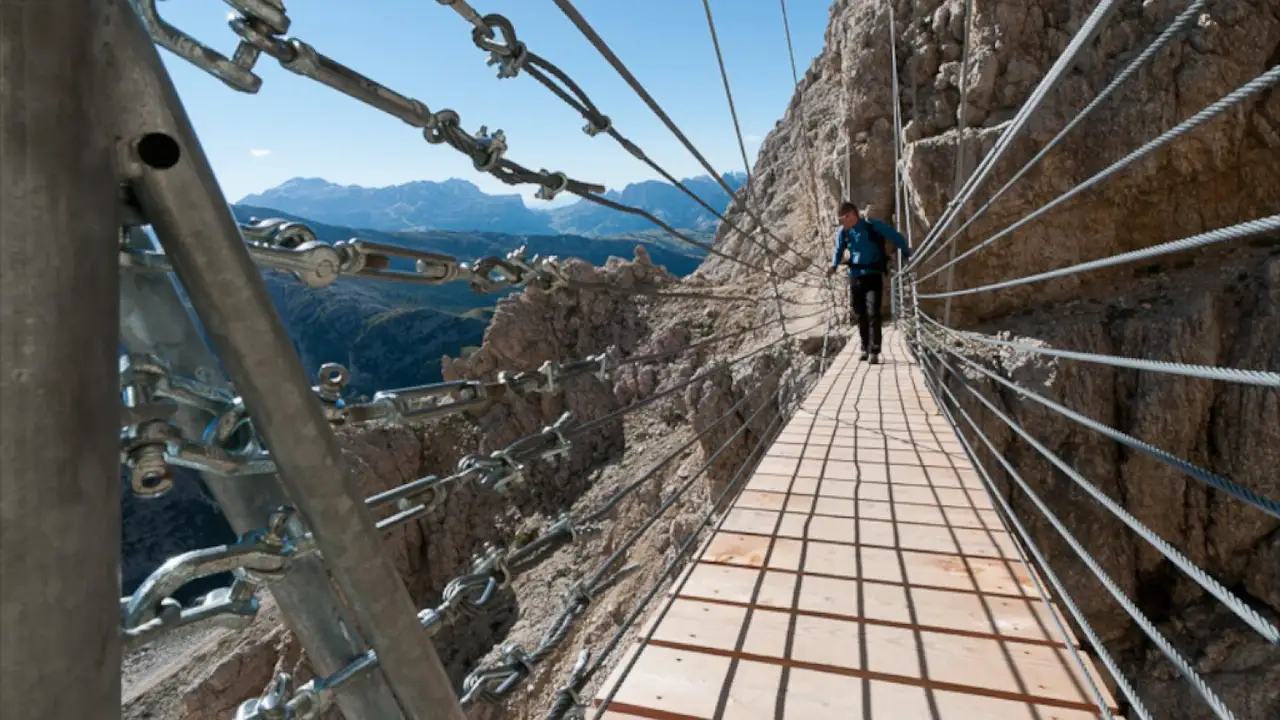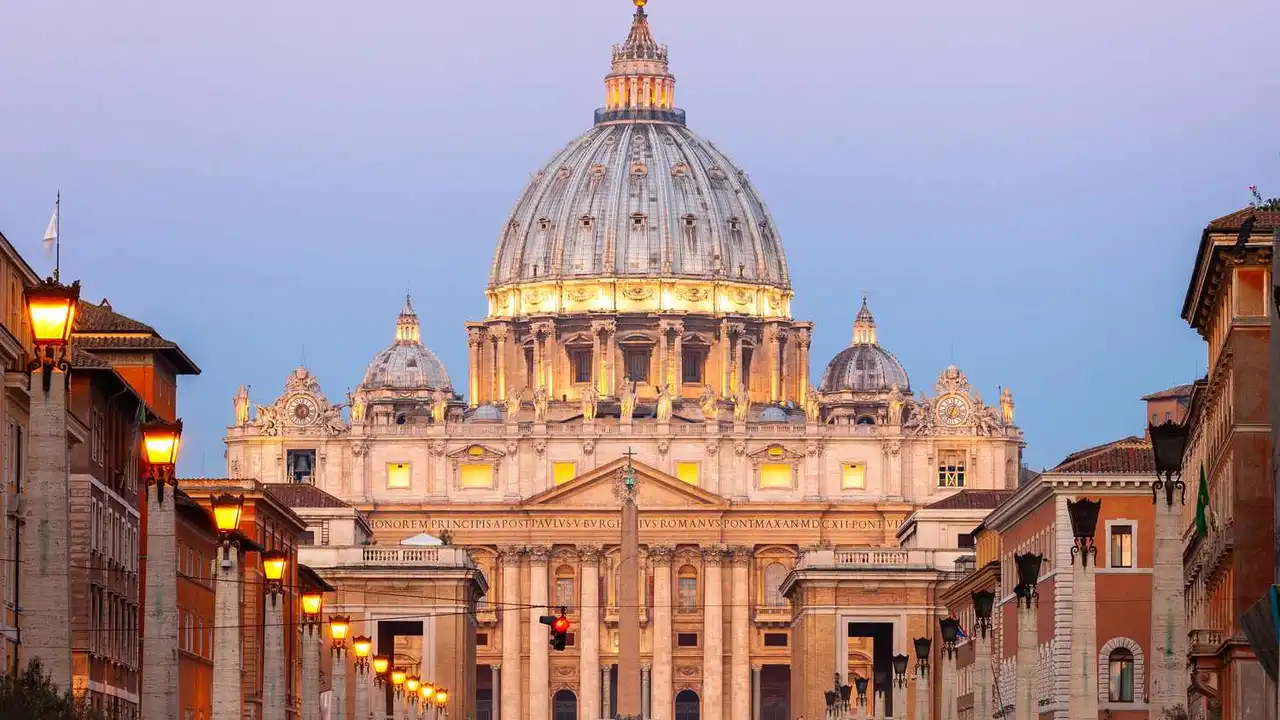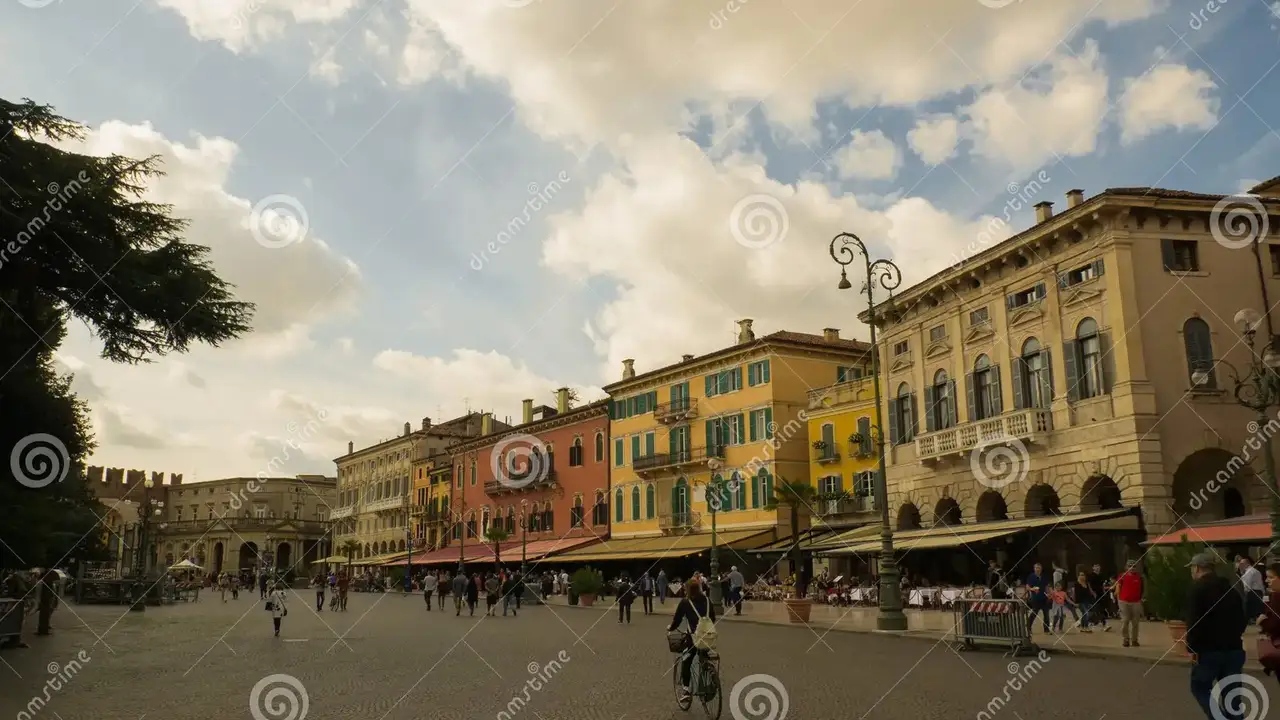Currency and Payments in Italy: What You Need to Know

Understand the currency and payment methods in Italy. Learn about using credit cards, cash, and ATMs. Avoid unexpected fees and manage your finances effectively. Enjoy a worry-free trip.
Navigating the Euro Zone Your Guide to Italian Currency
Alright, so you're heading to Italy! Awesome choice. But before you start dreaming of pasta and gelato, let's talk money. Italy uses the Euro (€), just like most other countries in the European Union. Knowing the ins and outs of handling your finances will make your trip way smoother. You'll find Euro coins in denominations of 1, 2, 5, 10, 20, and 50 cents, as well as €1 and €2. Banknotes come in €5, €10, €20, €50, €100, €200, and €500 denominations. While you *might* see a €500 bill, they're not super common and some places might be hesitant to accept them. Stick to smaller bills when possible.
Cash is King (Sometimes) When to Use Euros in Italy
While credit cards are widely accepted, especially in larger cities and tourist areas, cash is still important in Italy. Think smaller towns, local markets, and family-run restaurants. They might prefer cash or even *only* accept cash. It's always a good idea to have some Euros on hand. For example, that charming little trattoria in the Tuscan countryside probably isn't going to take your Amex. Also, tipping is generally done in cash.
How much cash should you bring? That depends on your spending habits, but a good rule of thumb is to have enough for smaller purchases, tips, and emergencies. Maybe €50-€100 per day, depending on your activities. You can always withdraw more from an ATM if needed.
Credit Cards in Italy Your Plastic Pal
Major credit cards like Visa and Mastercard are widely accepted in Italy, especially in hotels, larger restaurants, department stores, and tourist attractions. American Express is less commonly accepted, so it's always good to have a backup. Before you leave, notify your bank and credit card companies that you'll be traveling to Italy. This helps prevent them from flagging your transactions as suspicious and freezing your account. Trust me, you don't want to be stuck without access to your money in Rome!
Also, be aware of foreign transaction fees. Many credit cards charge a fee (usually around 1-3%) for purchases made in a foreign currency. Check with your credit card company to see what their fees are. Some travel-specific credit cards don't charge these fees, so it might be worth getting one before your trip.
ATM Adventures Finding ATMs and Avoiding Fees in Italy
ATMs (Bancomat in Italian) are readily available in most Italian cities and towns. They're a convenient way to withdraw Euros. Look for ATMs affiliated with major banks, as they tend to have lower fees. Avoid using stand-alone ATMs in touristy areas, as they often charge exorbitant fees. When using an ATM, be aware of your surroundings and protect your PIN. It's always a good idea to withdraw larger amounts less frequently to minimize transaction fees. However, don't carry around huge wads of cash! Find a balance that works for you.
Your bank might also charge a fee for using an ATM in a foreign country. Check with your bank to see what their fees are. Some banks have partnerships with international banks, which can allow you to withdraw money without fees. For example, Bank of America has partnerships with some European banks.
Travel Money Cards A Smart Alternative for Italy
Travel money cards are prepaid cards that you can load with Euros before your trip. They offer a convenient and secure way to manage your travel expenses. You can use them like a debit card to make purchases and withdraw cash from ATMs. One of the main benefits of travel money cards is that they lock in the exchange rate when you load the card, so you don't have to worry about fluctuations in the exchange rate. Some popular travel money cards include:
- Revolut: A popular choice with competitive exchange rates and low fees. Offers a virtual card for online spending.
- Wise (formerly TransferWise): Known for its transparent fees and multi-currency accounts. Good for holding and spending multiple currencies.
- N26: A German online bank offering a mobile banking experience with low fees and a stylish card.
Compare the fees and features of different travel money cards before choosing one. Consider factors like exchange rates, transaction fees, ATM fees, and reload fees.
Currency Exchange in Italy Where to Exchange Your Dollars
If you prefer to exchange your dollars for Euros before your trip, you can do so at your bank or at a currency exchange service. However, it's generally better to avoid exchanging currency at airports or touristy areas, as they tend to have the worst exchange rates. Banks usually offer better rates than currency exchange services. You can also order Euros online and have them delivered to your home. Compare exchange rates from different sources before making a decision.
Once you're in Italy, you can exchange currency at banks and currency exchange offices (cambio). Again, avoid exchanging currency at airports and touristy areas. Check the exchange rate before you exchange your money, and be aware of any fees or commissions. Some places might advertise "no commission" but offer a less favorable exchange rate to compensate.
Tipping in Italy Understanding Italian Tipping Culture
Tipping in Italy is not as widespread or expected as it is in the United States. In restaurants, a service charge (coperto) is often included in the bill. This covers the cost of bread, table service, and other extras. If a service charge is included, you don't need to leave a large tip. However, it's customary to round up the bill or leave a small tip (5-10%) for good service. For example, if your bill is €45, you might leave €50.
In other situations, tipping is optional. You can tip taxi drivers a few Euros for good service. You can also tip hotel staff for helping with your luggage or providing other services. However, it's not expected to tip bartenders or coffee shop staff. Use your judgment and tip based on the quality of service.
Avoiding Scams and Hidden Fees Stay Alert in Italy
Like any tourist destination, Italy has its share of scams and hidden fees. Be aware of your surroundings and take precautions to avoid becoming a victim. Some common scams include:
- Overcharging at restaurants: Check your bill carefully to make sure you're not being overcharged for food or drinks.
- Fake taxis: Only use licensed taxis, and make sure the meter is running.
- Pickpockets: Be aware of your belongings, especially in crowded areas.
- ATM scams: Use ATMs affiliated with major banks, and protect your PIN.
Also, be aware of hidden fees. Some restaurants might charge extra for tap water or for sitting outside. Always ask about prices before ordering anything, and don't be afraid to negotiate. If you feel like you've been scammed, report it to the police.
Product Recommendations for Managing Money in Italy
Here are a few specific product recommendations to help you manage your money in Italy:
- Pacsafe Citysafe CX Anti-Theft Convertible Backpack: This backpack is designed to protect your belongings from theft. It features slash-resistant materials, locking zippers, and RFID-blocking technology. It's perfect for carrying your wallet, passport, and other valuables. Price: $150-$200.
- Travelon Anti-Theft Classic Messenger Bag: Another great option for anti-theft protection. This messenger bag features similar anti-theft features as the Pacsafe backpack, but in a more compact and stylish design. Price: $70-$100.
- RFID Blocking Wallet: Protect your credit cards and passport from electronic theft with an RFID-blocking wallet. These wallets block the transmission of your personal information to unauthorized devices. Price: $20-$50.
- Money Belt: A classic way to keep your cash and valuables safe. Wear it under your clothes to deter pickpockets. Price: $10-$30.
Comparing Options Cash vs Card vs Travel Money Card
Let's break down the pros and cons of each payment method:
- Cash:
- Pros: Widely accepted, especially in smaller establishments; good for tipping; helps you stick to a budget.
- Cons: Can be lost or stolen; not ideal for large purchases; requires you to exchange currency.
- Credit Card:
- Pros: Convenient for large purchases; offers fraud protection; some cards offer travel rewards.
- Cons: Not accepted everywhere; can incur foreign transaction fees; can lead to overspending.
- Travel Money Card:
- Pros: Locks in exchange rate; secure; can be reloaded; offers fraud protection.
- Cons: Can have fees for loading, unloading, and ATM withdrawals; not as widely accepted as credit cards.
The best approach is to use a combination of these methods. Have some cash on hand for smaller purchases and tips, use a credit card for larger purchases and hotels, and consider a travel money card for added security and convenience.
Final Thoughts on Italian Finances
Planning your finances for a trip to Italy doesn't have to be stressful. By understanding the currency, payment methods, and potential pitfalls, you can manage your money effectively and enjoy a worry-free vacation. Remember to notify your bank, have some cash on hand, and be aware of your surroundings. Buon viaggio!
:max_bytes(150000):strip_icc()/277019-baked-pork-chops-with-cream-of-mushroom-soup-DDMFS-beauty-4x3-BG-7505-5762b731cf30447d9cbbbbbf387beafa.jpg)






